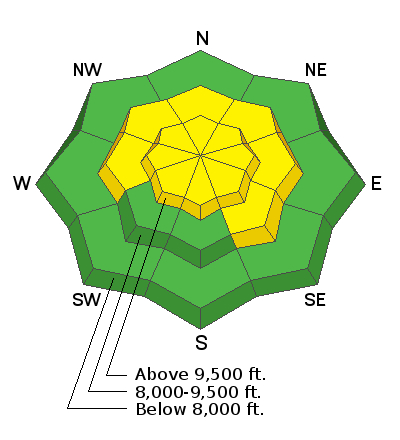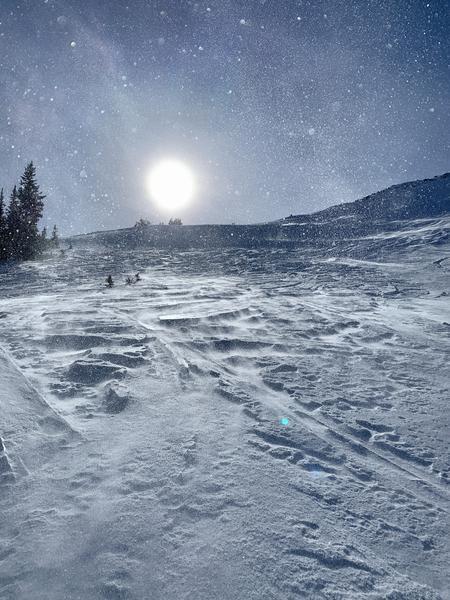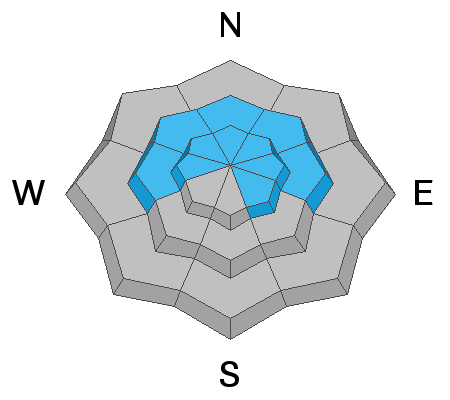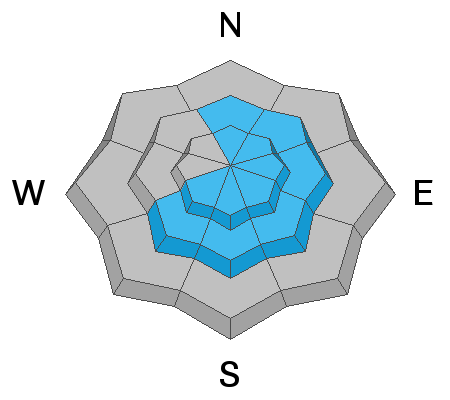Forecast for the Salt Lake Area Mountains

Issued by Greg Gagne on
Friday morning, January 15, 2021
Friday morning, January 15, 2021
The avalanche danger is MODERATE at the upper elevations as well as mid-elevations facing west, north, through southeast where it is possible to trigger a large avalanche failing in a buried persistent weak layer. Any avalanches could be 1-3' deep and over 100' wide. You may also find reactive slabs of wind-drifted snow at the upper elevations as well as some mid-elevation slopes. Mid-elevations facing south and southwest, as well as lower elevations, have a Low danger.
This is not a time to let your guard down - continue to practice cautious route-finding and conservative decision-making.
REMEMBER - IF YOU ARE GOING OUT OF BOUNDS AT A SKI AREA, YOU ARE ENTERING THE BACKCOUNTRY WITH AN INHERENT AVALANCHE DANGER.

Low
Moderate
Considerable
High
Extreme
Learn how to read the forecast here









